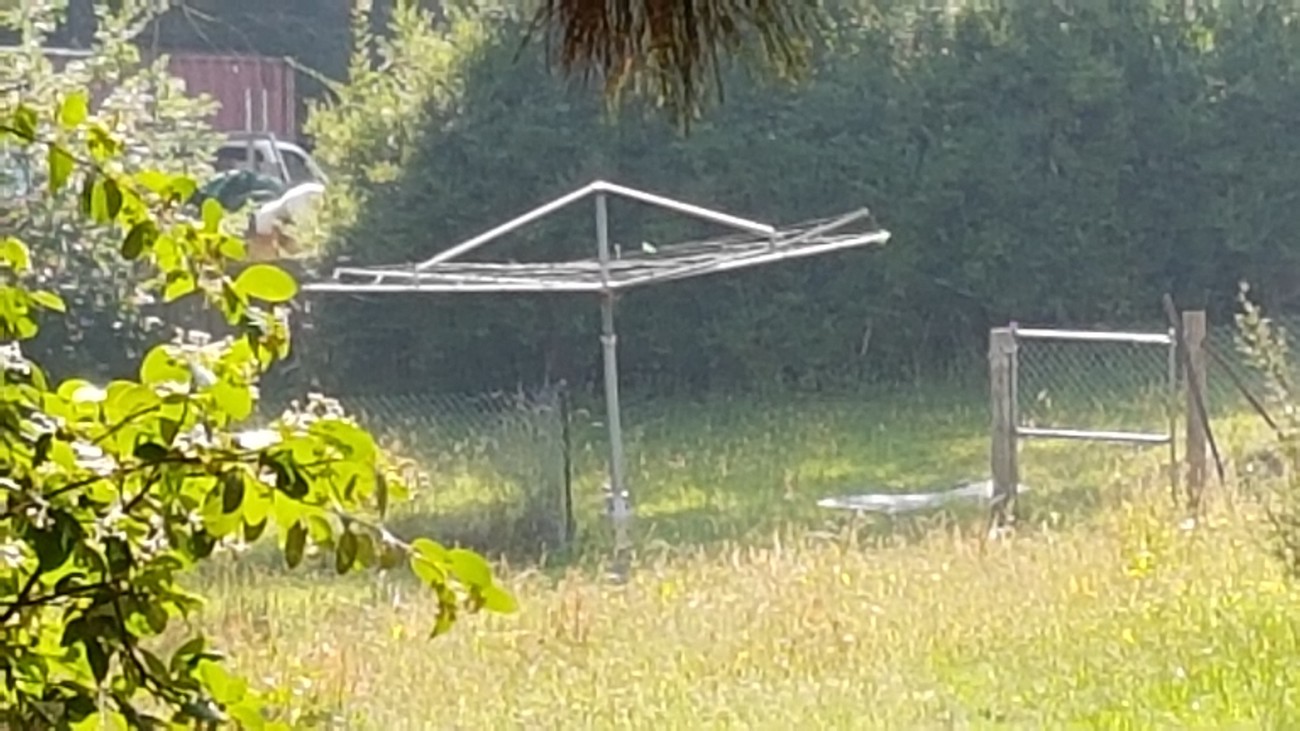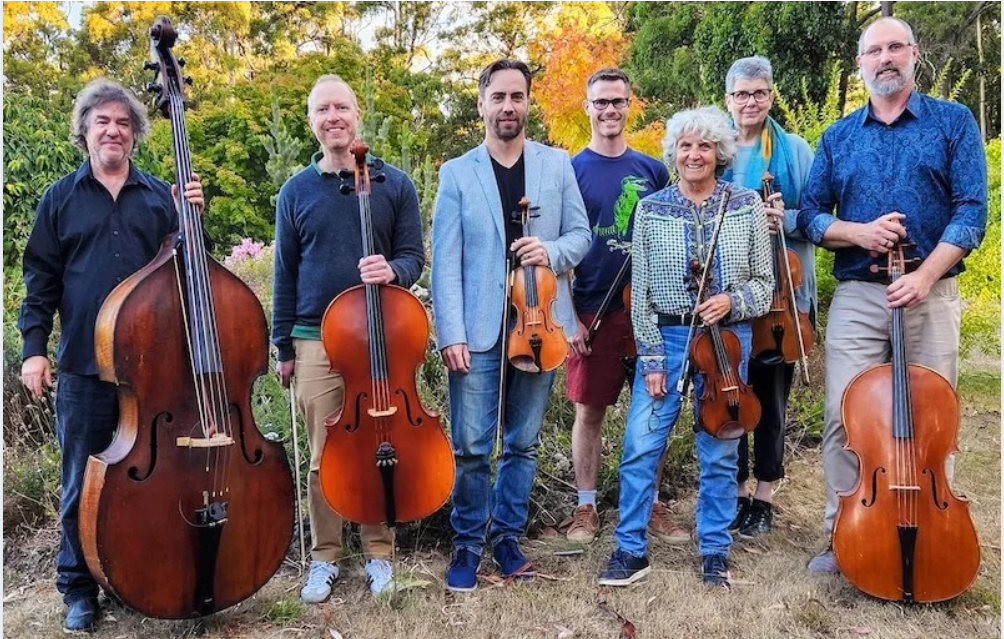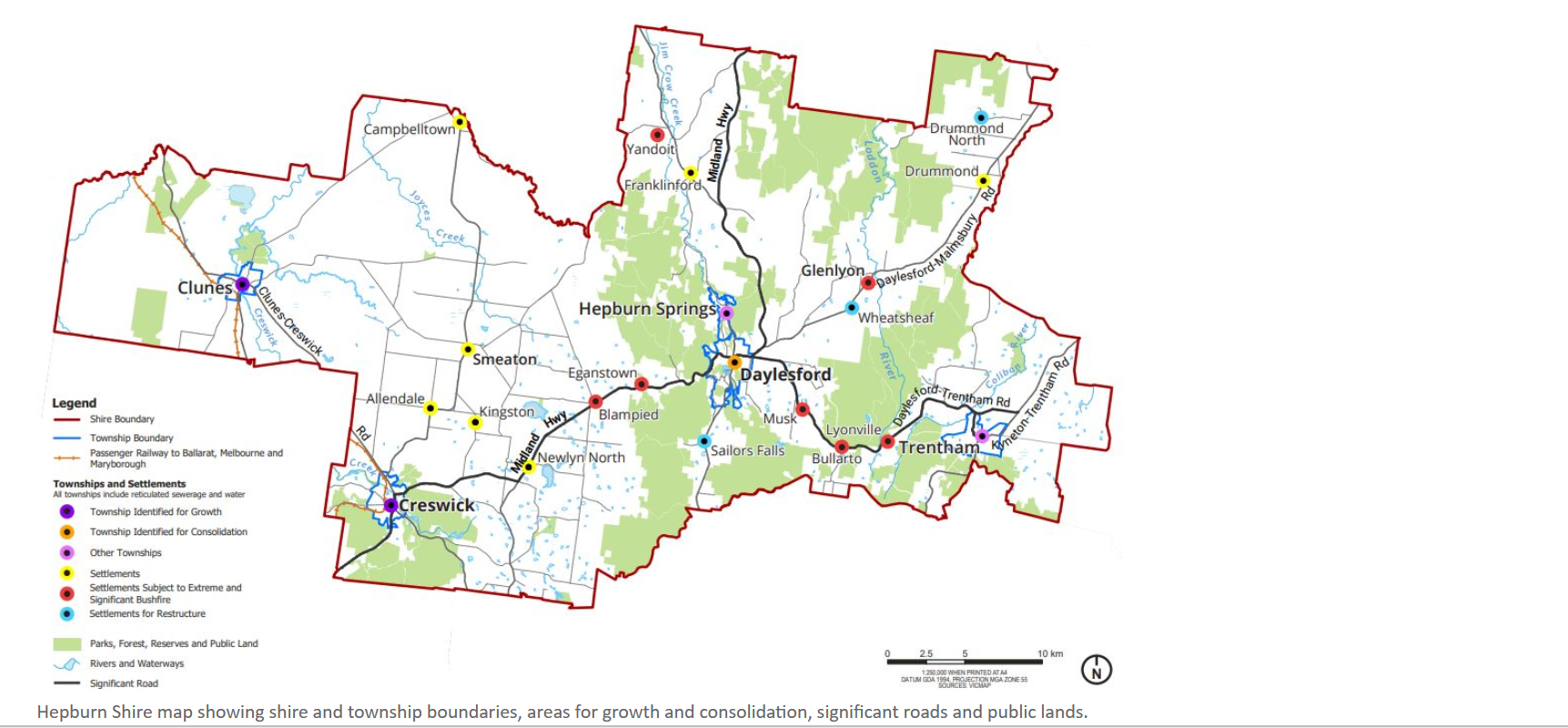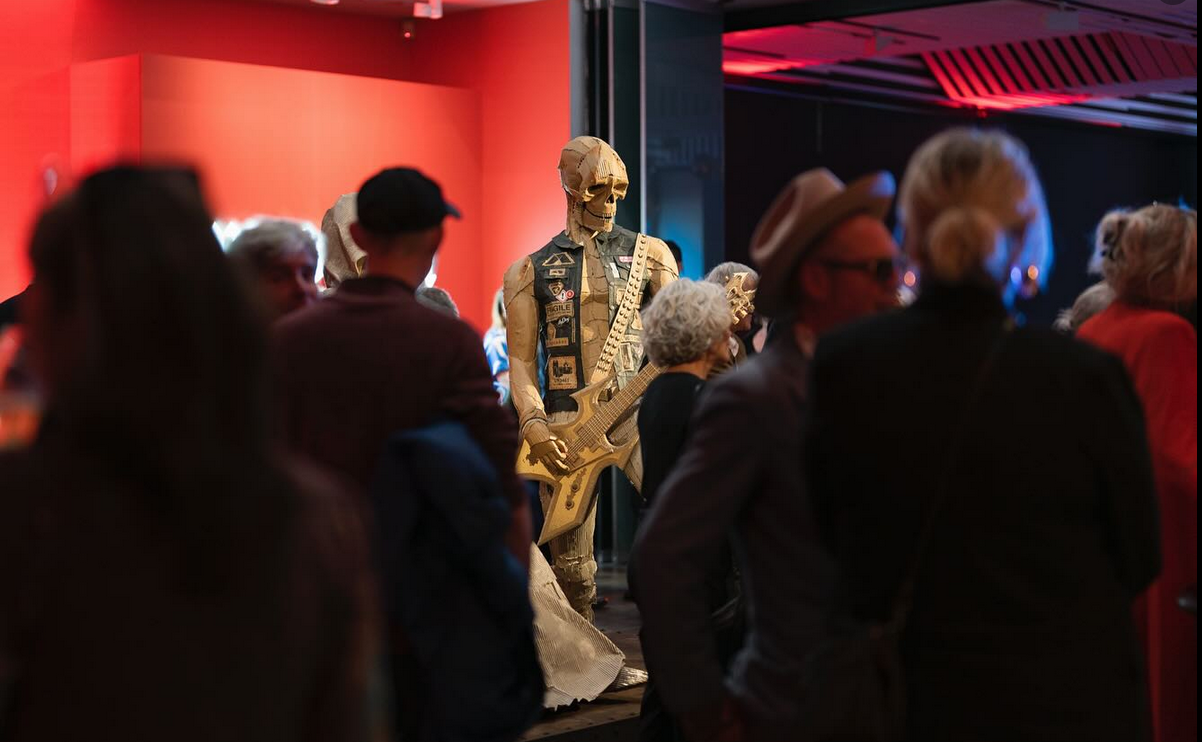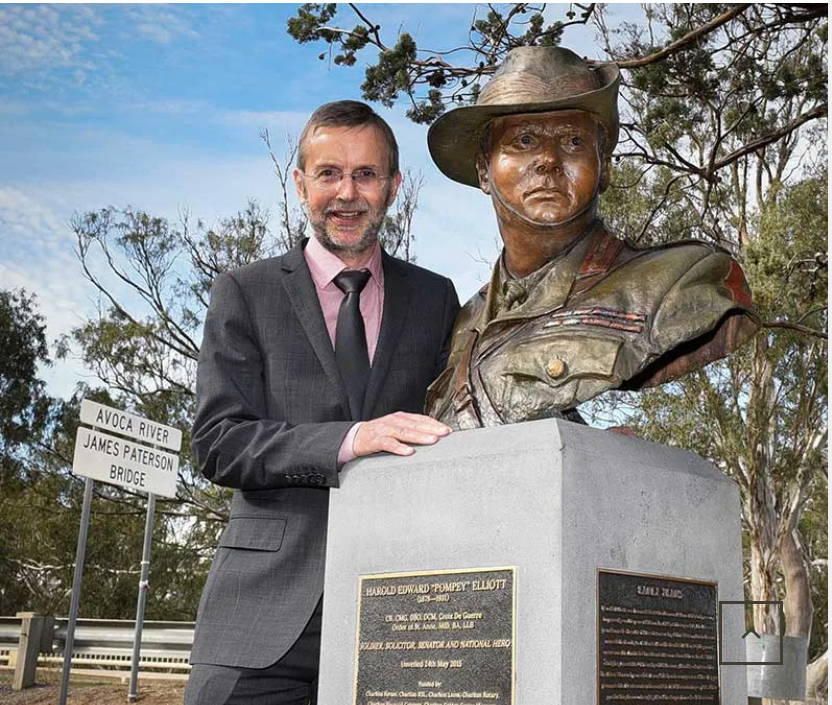December 15th, 2021Design with Indre Kisonas -Innovation Nation
“The only limitations are the ones we put on ourselves.” – Ita Buttrose
Australians have always been leaders and pioneers when it comes to invention. Living in a land accessible only by sea or air, isolation has bred a culture of resourcefulness, salvaging and ‘can do’ attitude to fix our problems; we have done this quietly with many of our inventors not well known.
Australian David Unaipon was one such inventor. Perpetual motion fascinated David and he spent much time designing and patenting, but never gaining financial support to develop his ideas. These included an improved hand piece for sheep shearing, a centrifugal motor, a multi-radial wheel and a mechanical propulsion device. As early as 1914 he had the concept for a helicopter based on the boomerang. He was the first Aboriginal writer published and became a motivational speaker for aboriginal rights. He is seen on our $50 banknote.
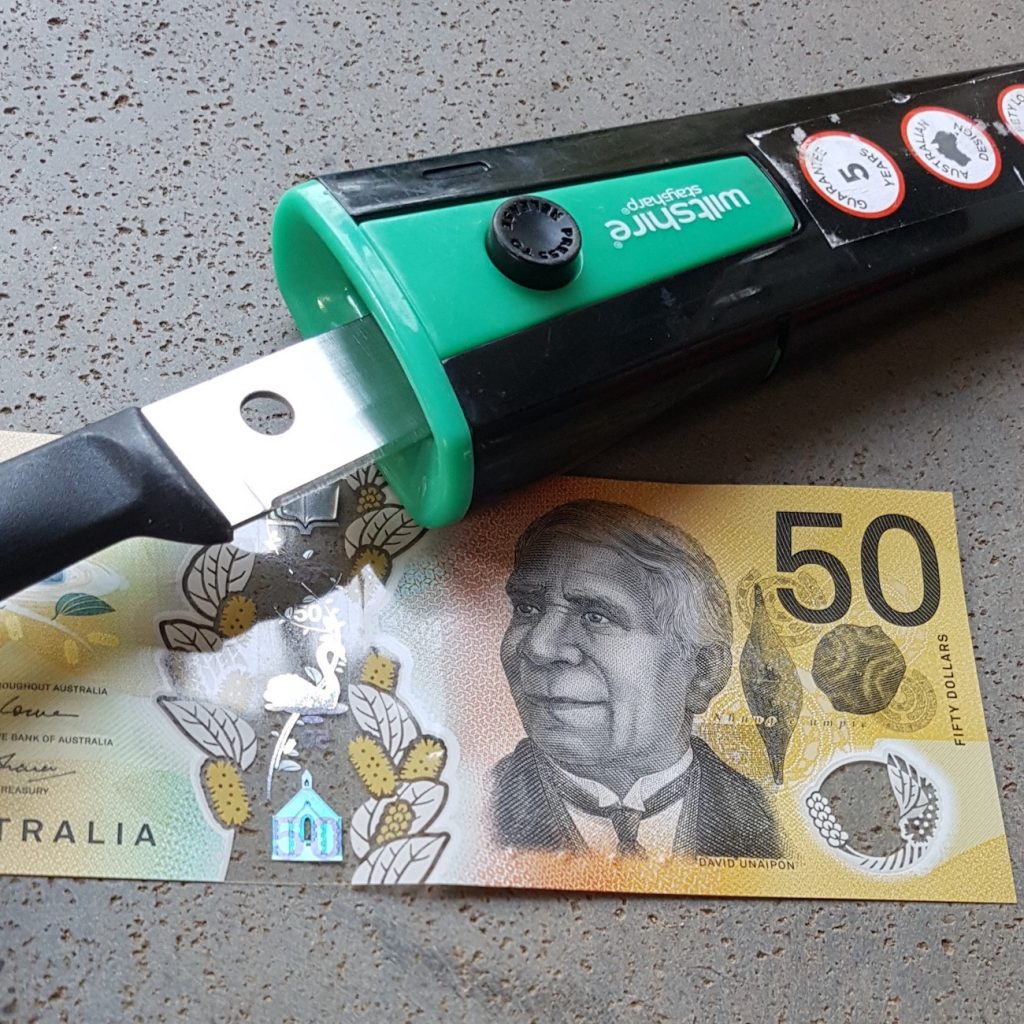
Inventions are borne from a place of necessity. As agriculture and mining were important, initiatives included the stump-jump plough in 1876, to enable cultivation of newly cleared land, mechanical clippers in 1877 and an electric drill in 1889 which was the world’s first by Arthur Arnot, patented primarily to drill rock and dig for coal.
The Dethridge water wheel measured the flow of water from an irrigation supply to a farm. The Coolgardie safe in 1892 by Patrick McCormick, used the principle of water evaporation from hessian bags draped over a wire mesh box to cool and help preserve food. They were put on verandahs and used any breeze available.
The year 1945 saw the rotary Hills Hoist patented. An iconic Australian symbol that graced every suburban backyard, which was then mowed by the ‘Victa’ mower, originally invented and made in the backyard of Mervyn Victor Richardson in Concord, Sydney. Along with the Thomas Angove wine cask in 1965 and using the Wiltshire Staysharp knife, backyards and family barbeques would never be the same again.
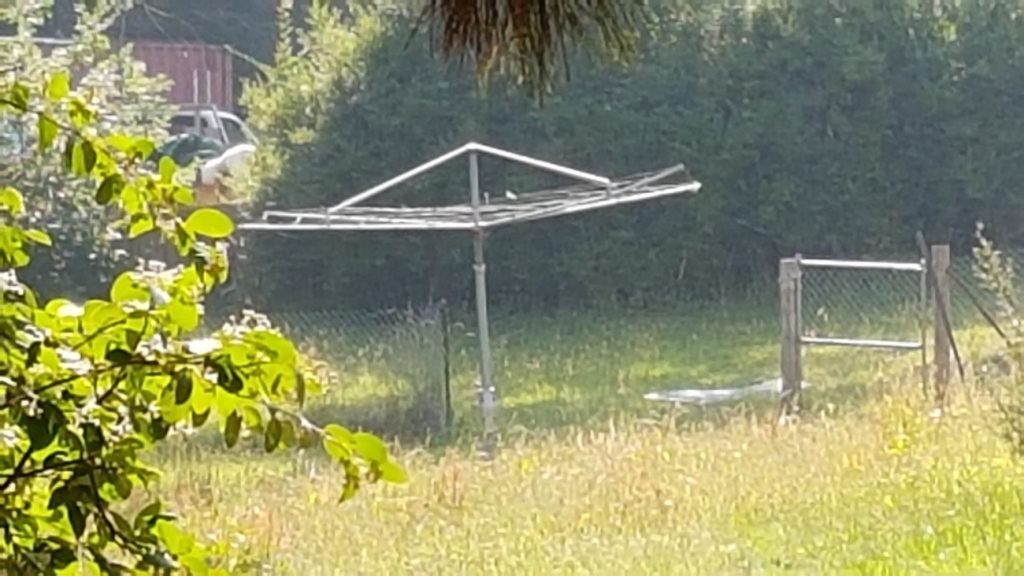
Australian science and medical breakthroughs were leading the world through our then government support of the Commonwealth Scientific Industrial Research Organisation (CSIRO).
Once a dominating scientific centre funded primarily by the Commonwealth Treasury, it made purified penicillin, the ultrasound scanner which you used while wearing permanent pleated wool clothing and paying for spray on skin after a particular nasty burn accident, with polymer banknotes.
Sadly, since the late 1980s, the CSIRO has been forced to find external funding and work with industry, for its financial viability. Many CSIRO jobs have been lost or lost to other countries due to major Australian Federal Government policy changes in 2013.
Without a culture for research and innovation we wouldn’t have the Australian bionic ear, pacemaker, dual flush toilet, power board, jet ski, underwater torpedo, plastic glasses lenses and bifocals, wifi, racecam, vaccines and permaculture.
Government policy and legislative changes no longer embrace innovation, invention and collaboration without a profit in sight. Government legislation should be a voice from the people to encourage better ways of doing things, not to stifle and regress because all voices have not been valued.
At a local level, incredibly, salvage and reuse for innovation and environmental benefit is under threat. Our Australian tradition of finding practical uses for discarded items and making use of what we have encourages us to be a Nation of Innovation.
I wonder what David Unaipon would say?
Indre Kisonas – owner and principal designer of iok design
indre@iokdesign.com.au www.indre@iokdesign.com.au


